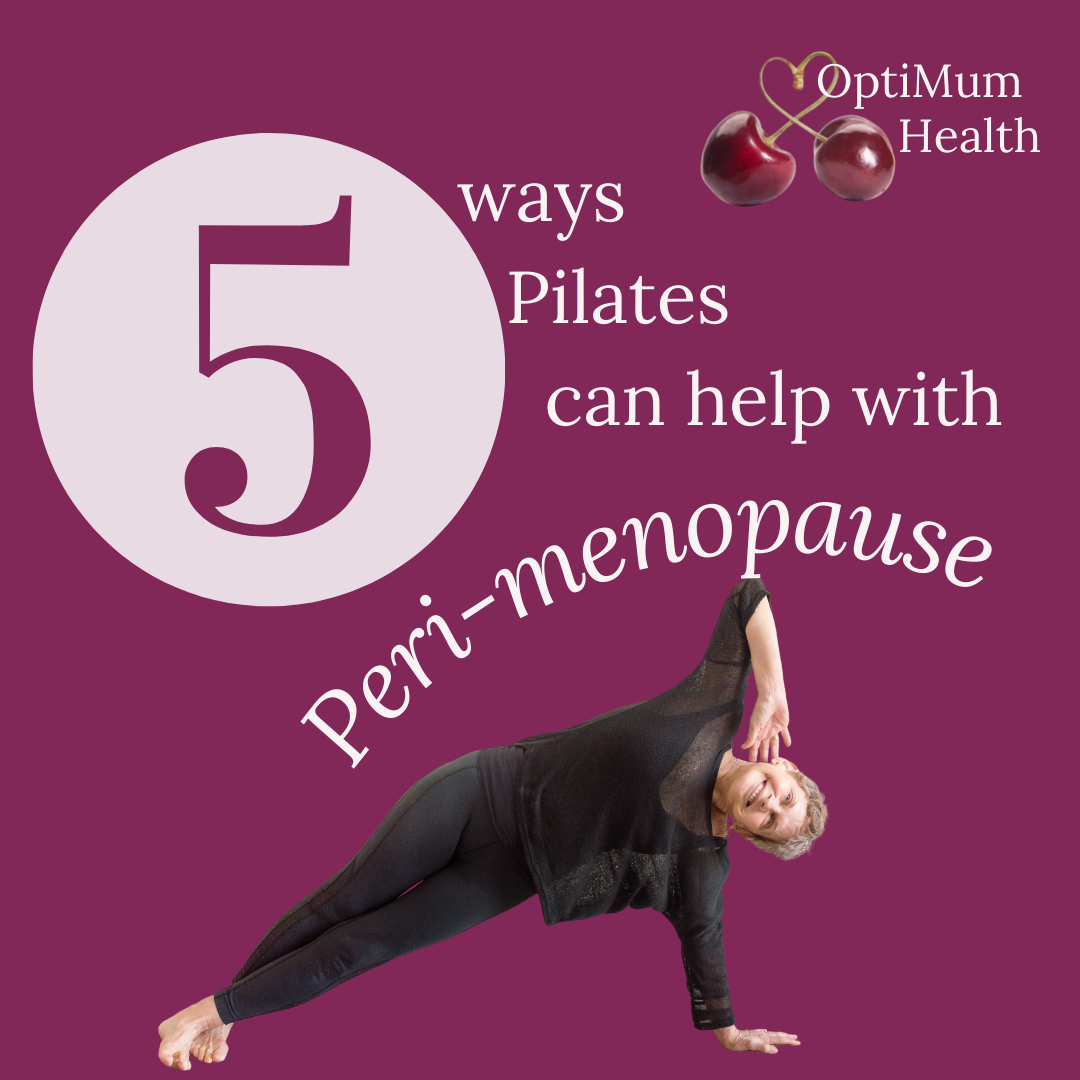Should I squat when pregnant?
I got asked this question recently by a pregnant lady,
wanting to do all the right things: maintaining
strength and mobility through pregnancy, doing her best
to keep nutrition on track…but confused by the
conflicting information on the internet.
The answer to this question can be really short and
simple.
Yes!
Normally, fitness related questions elicit an ‘it
depends’ with further qualification of the answer.
There are some qualifications to go around this ‘Yes’
for squatting during pregnancy but first let’s look at
the practicality of it, and address any concerns you
may have about squatting during pregnancy.
Unless you are intending to spend your entire pregnancy
either standing or lying down, you will perform several
squats a day…
- Every time you sit down
- Every time you stand up from sitting
- Every time you go to the loo
- Every time you get in and out of the car
You get the picture.
Look to the traditional position for giving birth….in
years gone by squatting to deliver your baby was the
logical and obvious position, and still is in some
cultures today.
So keeping squats in your fitness routine is key to
helping you manage activities of everyday life safely
and effectively.
That said, there are some caveats.
If you’re used to training with weights and “squatting
heavy”, reducing the load as your pregnancy progresses
is essential. You may also need to alter the depth of
your squat.
This is the same after pregnancy or at any stage of
womanhood, when adding squats into your activity
schedule. It’s much better, in my view, to have a
shallower squat that is effective in terms of spinal
alignment and weight balance/transfer than being able
to get your ‘ass to grass’!
I take my ladies through a series of stages in honing
their squat patterns including looking at the best foot
position for them (our hips are individual just as we
are), focus points, alignment, movement and BREATHING.
Breathing is recommended whichever form of exercise
you’re doing, obviously. Learning to co-ordinate your
breathing with your movement ensures that you harness
the power of your whole core and avoid undue pressure
on your pelvic floor.
Core Breathing is a key tenet of my work with ladies.
It brings relaxation, increased self-awareness, focus
plus crucially core activation and release.
The beauty of squatting is that it works your core
muscles cohesively. With Core Breathing it can
strengthen your pelvic floor but also, help you to
relax it (helpful when it comes to giving birth).
Furthermore, by working your buttocks (gluteals) and
keeping them strong, squats can help reduce low back
pain, often associated with later stages of pregnancy.
Through keeping those buttocks, and your legs, stronger
you will be better able to cope with everyday lifting
and movements – including picking up the shopping,
picking anything up off the floor, getting in and out
of a chair.
This lower body strength may also come in handy during
labour, allowing you to explore more active positions
to find what’s right for You.
If you are experiencing any medical issues during your
pregnancy (such as pelvic dysfunction, bleeding,
placenta previa) please always consult with your health
care team, including your midwife before undertaking
physical activity.
Put You first and consider the role fitness is taking
in your pregnancy and what the best option is for You.
If in any doubt whatsoever, ASK!


